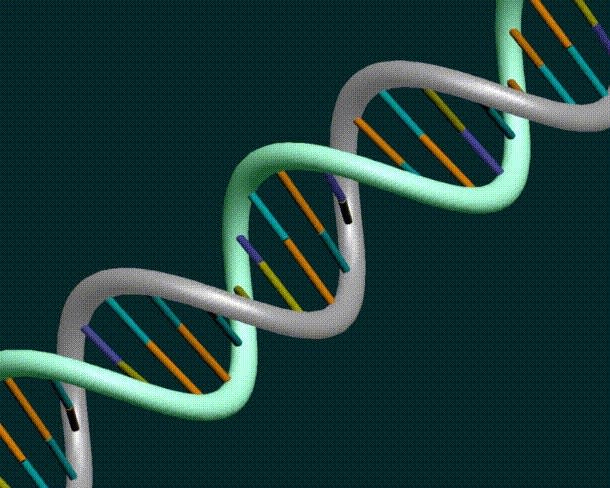Race in a Genetic World
Harvard Magazine
Volume 110, Number 5
May-June 2008

Duana Fullwiley
Photograph by Stu Rosner
“I am an African American,” says Duana Fullwiley, “but in parts of Africa, I am white.” To do fieldwork as a medical anthropologist in Senegal, she says, “I take a plane to France, a seven- to eight-hour ride. My race changes as I cross the Atlantic. There, I say, ‘Je suis noire,’ and they say, ‘Oh, okay—métisse—you are mixed.’ Then I fly another six to seven hours to Senegal, and I am white. In the space of a day, I can change from African American, to métisse, to tubaab [Wolof for “white/European”]. This is not a joke, or something to laugh at, or to take lightly. It is the kind of social recognition that even two-year-olds who can barely speak understand. ‘Tubaab,’ they say when they greet me.”
Is race, then, purely a social construct? The fact that racial categories change from one society to another might suggest it is. But now, says Fullwiley, assistant professor of anthropology and of African and African American studies, genetic methods, with their precision and implied accuracy, are being used in the same way that physical appearance has historically been used: “to build—to literally construct—certain ideas about why race matters.”
Genetic science has revolutionized biology and medicine, and even rewritten our understanding of human history. But the fact that human beings are 99.9 percent identical genetically, as Francis Collins and Craig Venter jointly announced at the White House on June 26, 2000, when the rough draft of the human genome was released, risks being lost, some scholars fear, in an emphasis on human genetic difference. Both in federally funded scientific research and in increasingly popular practice—such as ancestry testing, which often purports to prove or disprove membership in a particular race, group, or tribe—genetic testing has appeared to lend scientific credence to the idea that there is a biological basis for racial categories.
In fact, “There is no genetic basis for race,” says Fullwiley, who has studied the ethical, legal, and social implications of the human genome project with sociologist Troy Duster at UC [University of California], Berkeley. She sometimes quotes Richard Lewontin, now professor of biology and Agassiz professor of zoology emeritus, who said much the same thing in 1972, when he discovered that of all human genetic variation (which we now know to be just 0.1 percent of all genetic material), 85 percent occurs within geographically distinct groups, while 15 percent or less occurs between them. The issue today, Fullwiley says, is that many scientists are mining that 15 percent in search of human differences by continent…
Read the entire article here.


